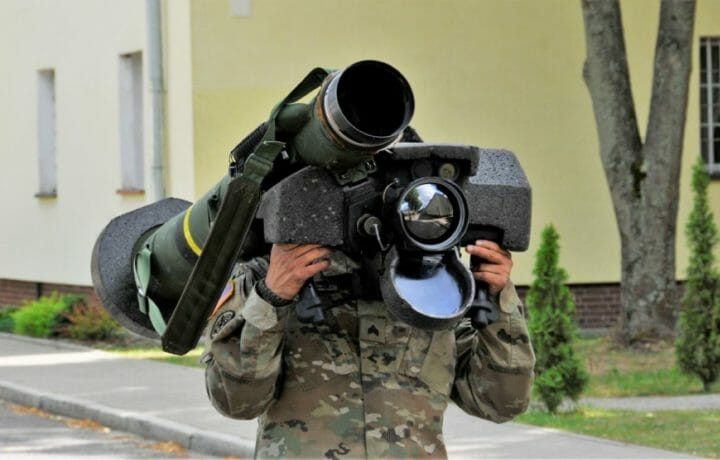As we continue to supply Ukraine with Javelins and Stingers, some are concerned about depleting our U.S. stockpile. Even though we know it has been very effective, some sources say about a third of the stock pile has already been given to the Ukraine. New missile production is only slow, but it literally takes an act of Congress to increase production rates to fund increased production rates. It could take years to replenish stock pile of military hardware and weaponry that we have provided for the Ukraine over the last couple of months.
The Ukrainians have been very effective at taking out Russian tanks and armored vehicles, but we may have only seen 10% of their might. No doubt tank crews and morale are on the decline. But it’s still remains to be seen if Ukrainians and their antitank weapon capability will cause enough damage to the Russians to produce a stalemate and drive the Russians back out of the country. The bigger question, will that happen prior to the western supply of antitank weapons has dried up?
Javelin Inventory
You won’t find exact figures regarding Javelin inventory, but it can be approximated. The Army has budgeted for a total production of about 38,000 Javelins, since production began in 1994. Some of these missiles are used for training and testing. It is estimated that there were approximately 23,000 left in inventory at the beginning of the year. With 7,000 estimated to have gone to the Ukraine, about 2/3 of our inventory still remain. Production rate has remained relatively steady at approximately 1,000 per year. Potentially this could be increased to 5,000 or 6,000 per year, but this requires a long lead time.
It appears Congress is all in on replenishing the stockpiles as soon as possible. In fact, Congress has provided $3.5 billion to DoD last month for the replenishment effort. However, the defense industry is still trying to figure out how to ramp up on this multi-billion dollar effort. Additionally, a rush to figure out how to keep NATO allies supplied with anti-aircraft anti-armor weapons is a significant test for DoD, which has been promising to become more agile in its dealings with the defense industry. Filling the gaps quickly will become this year’s priority.
Challenges to Production
There are two major challenges for filling the production gap. First, small suppliers are trying to locate their required components for the missile build, which includes rare earth materials and electrical components. Both of these may be difficult to source quickly. Small companies are also waiting to make sure dollars are inbound before making a significant investment in increased production. The concern is that raw materials and their manufacturing will not be paid for.
Senior leadership at the Pentagon are considering invoking the Defense Production Act, in an effort to ramp up production on these critical items. With the inherent lag time associate with the ramp up, all options to increase production rates rapidly are being explored.
Further, the Ukrainian war has caught many countries by surprise. Governments are rethinking their defense strategies. U.S. contractors will now benefit not only from short-term replenishment, but also the long-term desire by countries creating new strategic military battle plans. Thousands of additional drones, missiles, and other weapon systems will also be produced for countries in the region.
Because the military stocks from the U.S. were shipped from European facilities to Ukraine first, there is no expected first quarter gain for the industry. With the release of $3.5 billion last month to start replenishing the inventory, we may see a response to increased revenue for much of the defense industry in the second and third quarter. Depending on profit margins, it remains to be seen how much difference the infusion of $3.5 billion across the industry will be to a company with an annual revenue of $64 billion.




